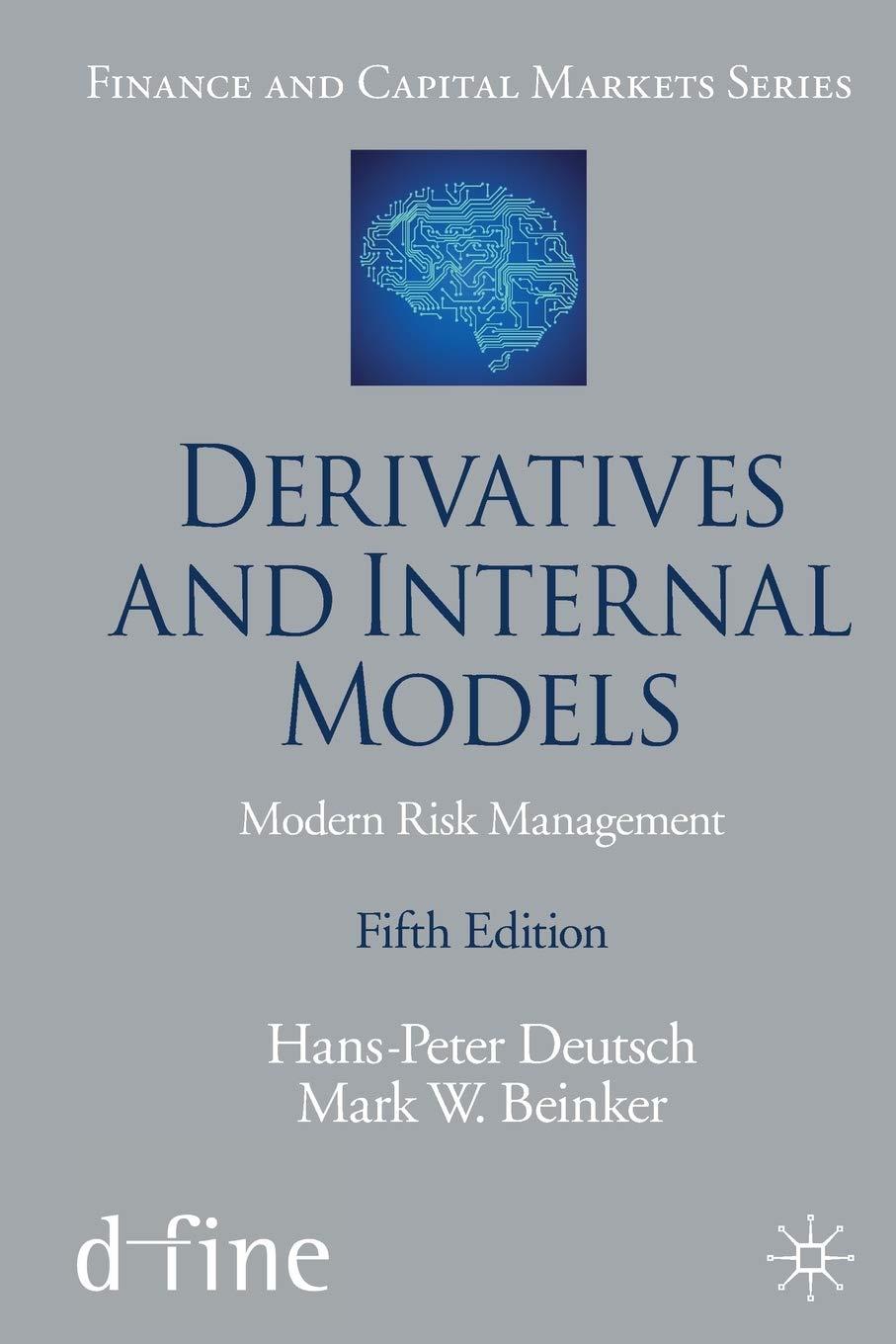Answered step by step
Verified Expert Solution
Question
1 Approved Answer
14-17Part A only, please complete in excel FINANCIAL FUNCTIONS | 299 Assume that ticket prices rise by 6% per year and that the annual interes

14-17Part A only, please complete in excel
FINANCIAL FUNCTIONS | 299 Assume that ticket prices rise by 6% per year and that the annual interes od is 4%. Now what would be the break even cost for the project? po per year and that the annual interest rate paid on the (c) Add a two-dimensional data table ata table to see the results of different rates. The leftmost colum should correspond to different erent annual ticket price increases of 19% 2% through 10%. The row of the table should correspond to different annual interest rates paid on the 0% 0.1%, 0.2%, through 10%. The values in the data table should be the resulting or con ent annual interest rates paid on the bond of cost for the project. The table should be well-labeled ata table should be the resulting break even 14-17. John is 2 John is 25 years old and is making $80,000 this year. Of course he is unsure what the Tu holds, as are we all. But he thinks a middle of the road scenario is that he will receive a 5% raise each year for 35 years and retire at age 60. He is considering going back to school full time next year for an MBA. It takes two years to receive an MBA. During that time he would earn no salary. Also he would need to borrow $100.000 to pay for the MBA. He could obtain a loan at 6% annual interest that he would need to pay back during the first 10 years after he finishes his MBA. The loan would not begin accumulating interest until he finishes his studies. He figures that the first year he is back working after his MBA his starting salary would be $105,000. He assumes he then would receive a 5% raise each year until he retires at age 60. (a) Create a worksheet to help John determine whether he would be better off financially going back for his MBA or not. You should have separate input cells for: John's current salary, the total cost of an MBA, the interest rate for the loan, the rate for the increase of John's salary without an MBA, the salary of John's first position after his MBA, the rate for the increase of John's salary with an MBA, the annual discount rate for the next 35 years. Have cells that calculate the Net Present Value of John's future earnings under each of the two scenarios. Assume a 4% discount rate. You may assume that the loan is paid back in equal annual payments. Also, you should have a cell at the top of the worksheet that uses an IF to state which scenario is better. (b) John learns he might be able to receive a graduate assistantship during his MBA. Then the MBA would cost $60.000 instead of S100,000. Also he thinks that because of the contacts he Would make in the MBA program his annual salary increase with the MBA might be 6% instead of 5% but his starting salary after the MBA program might be $100,000 for the first year. Have your worksheet caleulate the NPVs using these assumptions. Under these assumptions is it Financially better for John to go back to school for his MBA or not? 14-18. As a Fina As a Financial Analyst for General Enterprises you have been asked to take a look at the proposed new Track It! product. The champions of rack it! propose that the company in $10.000.000 total in the new product: $3,000,000 in Year and $7,000,000 in Yer expenses to start up the produc roduct. The first units will be manufactured and sold in Year 3. They expect to sell 100.000 units in Year 3 at $90 per unit, for $9,000,000 in revenue ina $3.000.000 per year in fixed expenses beginning in Year 3 and They expect to have ongoing >>Step by Step Solution
There are 3 Steps involved in it
Step: 1

Get Instant Access to Expert-Tailored Solutions
See step-by-step solutions with expert insights and AI powered tools for academic success
Step: 2

Step: 3

Ace Your Homework with AI
Get the answers you need in no time with our AI-driven, step-by-step assistance
Get Started


